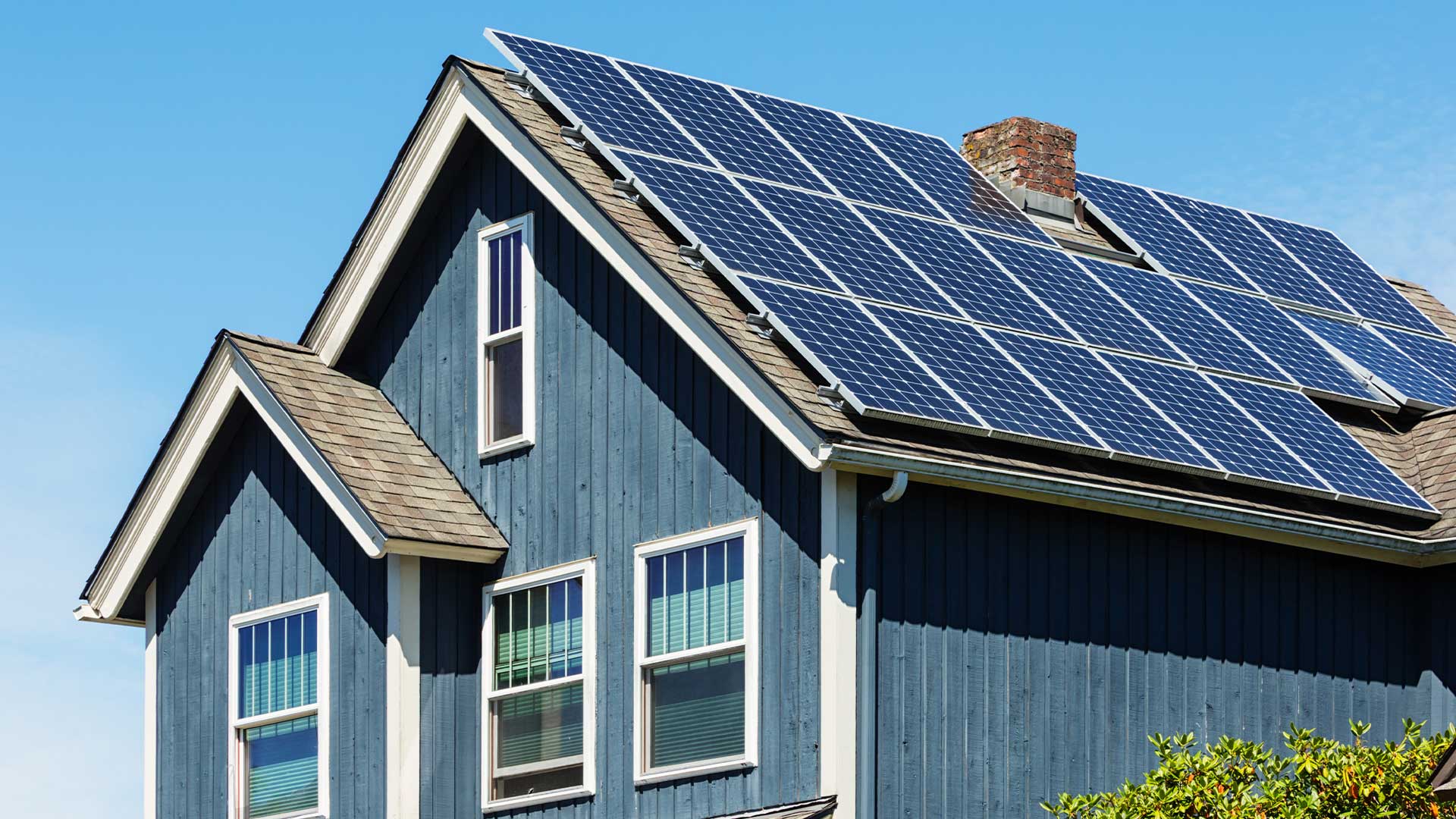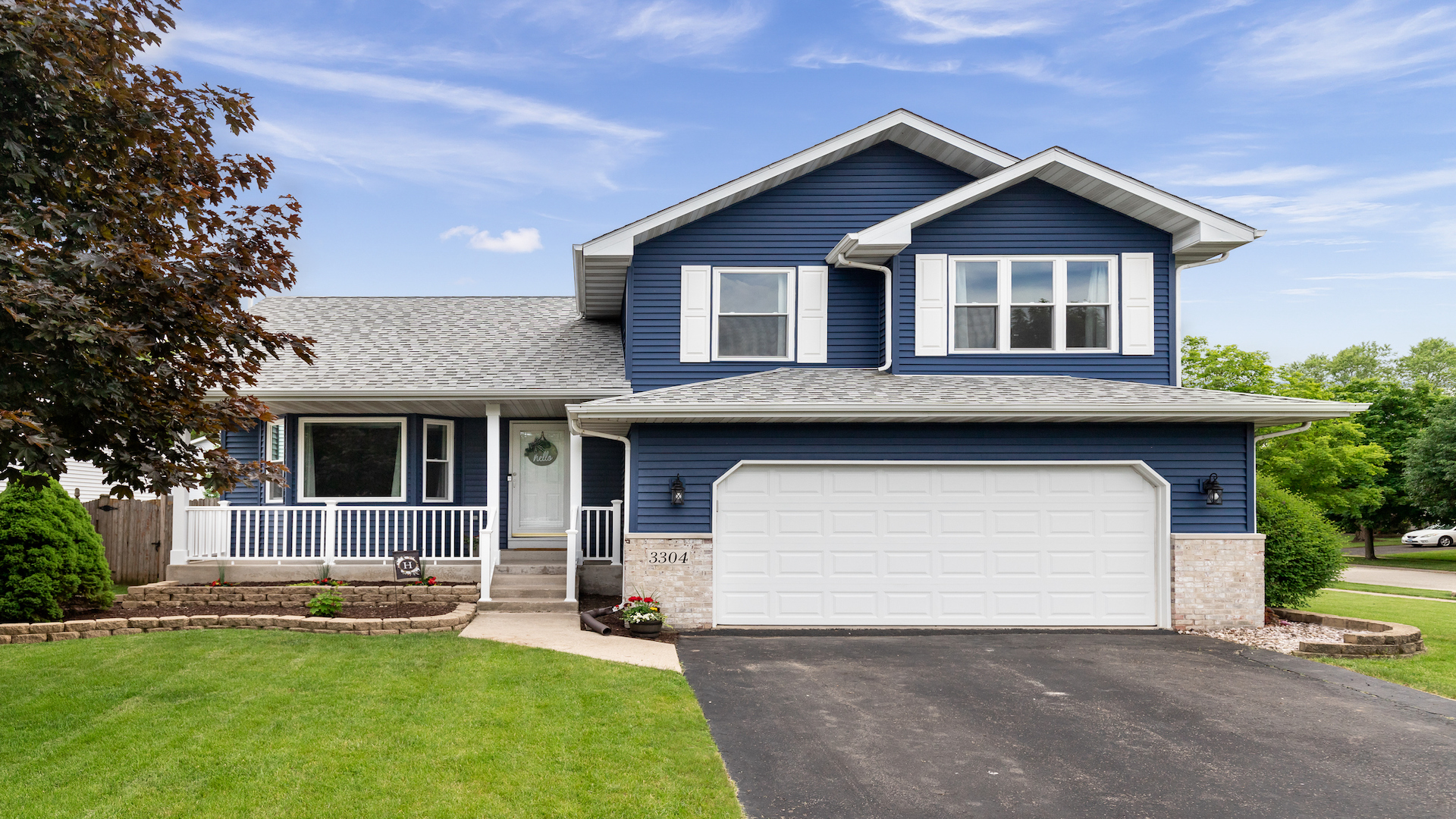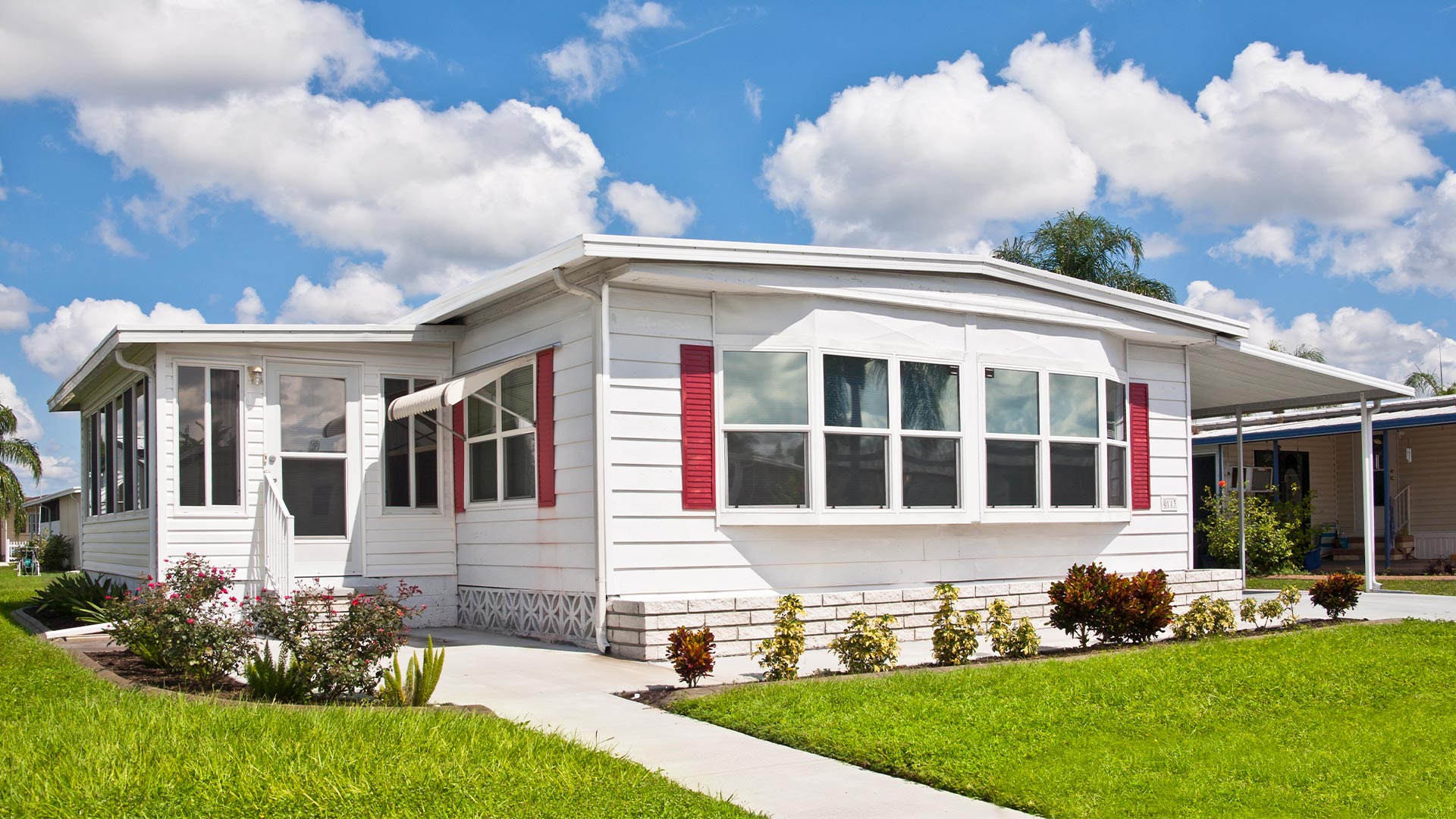
What is a VA Energy Efficient Mortgage (EEM)?
Say you want a solar water heater, thermal windows and doors, or another energy-efficient upgrade for your home.
The VA Energy Efficient Mortgage (EEM) is a special loan program which helps homeowners to finance the cost of these energy-efficiency improvements.
The program is offered via the Department of Veterans Affairs as part of its VA loan program.
Eligible military borrowers can use the EEM loan for projects of all sizes, and the mortgage rates available are the same low rates available with all VA mortgage loans.
Also, like other VA loans, the EEM mortgage has no specific VA loan limit. You can borrow as much as your lender will approve.
Verify your VA loan eligibility (May 24th, 2021)In this article (Skip to…)
- What upgrades can you make?
- Benefits of a VA EEM loan
- VA EEM process
- VA EEM timeline
- Alternative EEM loans
What upgrades can you make with a VA EEM loan?
The VA Energy Efficient Mortgage can be used to finance a wide range of energy-efficiency improvements to your home — so long as the renovations reduce your home’s monthly utility costs.
Improvement costs are added to your loan balance, and are repaid as part of your monthly mortgage mortgage payment.
According to the VA EEM official mortgage guidelines, allowable energy-efficiency improvements include, but are not limited to:
- Installing a solar water heater
- Installing a solar heating and/or cooling system (HVAC)
- Performing caulking and weather-stripping of a home
- Performing furnace efficiency modifications to an HVAC unit
- Adding clock thermostats to a home
- Adding new ceiling, attic, wall, and floor insulation to a home
- Adding water heater insulation to a home
- Installing storm windows or doors, including thermal windows or doors
- Adding heat pumps to a home
- Installing vapor barriers in a home
The program can be used in conjunction with a home purchase loan or with a refinance loan.
That means a VA EEM mortgage is available to eligible home buyers and existing homeowners alike.
Verify your VA loan eligibility (May 24th, 2021)Benefits of a VA energy efficient home loan
An energy efficient home can do a lot more than save you money on utility bills. Home buyers may be specifically looking into this option to cut energy costs, but a VA EEM offers homebuyers so much more.
A few benefits of an energy efficient home may include:
- Increased comfort throughout the year
- Reduced damage to carpets and furnishings
- Reduced air and noise pollution
- Improved indoor air quality
- Improved health
By paying for these upgrades using a VA EEM loan, you get access to low mortgage rates and extended repayment periods.
This can be a much more cost-effective way to pay for energy-efficient upgrades than using, say, personal loans or credit cards.
Plus, if you’re buying a house, remember the VA home loan allows zero down payment. So you could potentially finance energy-efficient upgrades the home purchase with nothing down.
If you’re refinancing, you might have the chance to lower your interest rate at the same time you finance your home improvements.
How to get a VA EEM home loan
Applying for a VA Energy-Efficiency Mortgage is not much different from applying for any other VA mortgage.
Your mortgage lender will want to verify your income using W-2 statements and pay stubs; your credit score and credit history will be reviewed; and, your employment history will be verified going back two years.
However, with a VA EEM, you’ll also be asked to provide an energy audit of the property. This is also known as a Home Energy Rating System (HERS) report.
Many utility companies perform this service for customers with just a phone call, or you can hire a private third-party to complete the report.
The purpose of the home energy audit is two-fold:
- Show what can be done to reduce a home’s energy consumption
- Set expectations about the amount of money that could be saved monthly with improvements
It’s then your responsibility, as the borrower, to document the expense of whatever improvements you plan to make.
Lenders will accept formal bids from contractors for this step. They’ll also accept a personal worksheet listing the improvements to be performed, and their costs.
How your mortgage approval proceeds will depend on the total cost of your project(s).
Verify your VA loan eligibility (May 24th, 2021)When your VA EEM costs are less than $3,000
When your VA EEM costs are less than $3,000, mortgage lenders will typically “rubber-stamp” (approve) the improvements, but not always.
You may be asked to verify your expected monthly savings, so that the lender can make sure that the increase to your mortgage payment does not exceed the benefits of the project.
When your VA EEM costs are between $3,000-$6,000
When the cost of your VA EEM projects are more than $3,000, but less than $6,000, mortgage lenders will analyze your energy-efficiency improvements to determine whether the increase to your mortgage payment exceeds the benefits of your project.
For example, if your project(s) are expected to reduce energy bills by $100 per month, and the costs of said projects raise your monthly mortgage payment by less than that amount, your loan will meet VA EEM product guidelines.
VA EEM loans done as part of a VA Streamline Refinance (or ‘IRRRL’) are limited to $6,000.
When your VA EEM costs exceed $6,000
When the cost of your VA EEM projects exceed $6,000, mortgage lenders will perform a more sophisticated analysis of your projects and their proposed savings.
First, your lender will determine whether the increase to your monthly mortgage payment is offset by the monthly energy cost reduction.
Then, it will verify that you can afford the new, higher payment.
Lastly, the lender will verify that the proposed energy-efficiency improvements increase property value by an amount at least equal to the value requested via the VA EEM.
For example, if your home is worth $300,000, and you’re using the VA EEM home loan to add $15,000 in solar panels to your roof, your lender will have to verify that the home will be worth $315,000 after the improvements are complete.
Verify your VA loan eligibility (May 24th, 2021)Timeline for using your VA EEM funds
You can start your energy-efficient improvements as soon as possible, which is a unique aspect of the VA EEM home loan. This means there’s no waiting for closing.
But how does that affect you and your VA EEM funds?
If you complete your home improvements prior to closing on a purchase or refinance of home, you must only show that work has been completed within the last 90 days, and receipts for the work.
For projects beginning after closing, or not yet finished as of closing, a reimbursement process is followed.
At the time of closing, your mortgage lender will hold the cash required for your project costs in an escrow account. The money will be released with proof of completion within six months.
If, for some reason, you are unable to finish the energy-efficiency work within six months, your lender will take the unused VA EEM funds and apply them to your mortgage loan amount.
VA Energy Efficient Mortgage alternatives
With the strict eligibility requirements for a VA loan, many homebuyers won’t qualify for this type of mortgage since they are not veterans, service members, or military personnel.
Luckily, a VA EEM is not the only mortgage program for home buyers interested in energy-efficient improvements.
In addition to a VA EEM, homebuyers can choose between an FHA or Conventional EEM.
FHA Energy Efficient Mortgage
With an FHA EEM, you can secure a mortgage that will cover the cost of energy efficient improvements, including the inspection, material and labor.
The mortgage will also take care of the cost of the home energy assessment, which is required to determine the total cost of the energy efficient improvements.
Unlike the VA EEM, the Federal Housing Administration limits the cost of energy efficient improvements that can be made on a home.
The maximum amount that can be added to an FHA loan is the lesser of:
- The costs determined by the home energy assessment;
- the lesser of 5% of:
- The home’s adjusted value,
- 115% of the median single-family home price in the area
- Or 150% of the national conforming limit
These restrictions might make it difficult for homeowners to secure the funding for the improvements to be covered in full.
However, FHA does not have special eligibility requirements like VA> And borrowers with credit scores as low as 580 might be eligible. So qualifying for an FHA EEM can be a bit easier.
Conventional Energy Efficient Mortgage
A conventional mortgage can also offer home buyers and homeowners the opportunity to make energy efficient improvements to their home.
When taking this route, borrowers apply for either the Fannie Mae Homestyle Energy mortgage or the Freddie Mac GreenCHOICE mortgage. Both are available through lenders across the country.
Like other conventional loans, these programs offer a down payment of just 3% and cancelable private mortgage insurance (PMI).
And, the better your credit score, the lower your mortgage rate will be.
Both Fannie and Freddie’s EEM programs allow you to spend up to 15% of the home’s ‘as completed value’ on energy-efficient improvements.
“For example,” says Fannie Mae, “an eligible buyer with a home valued at $100,000 after upgrades can receive up to $15,000 (15%) from the mortgage transaction.”
What are today’s VA mortgage rates?
The VA EEM home loan is another way that the Department of Veterans Affairs helps military borrowers gain access to affordable homeownership.
If you’re buying a home in need of energy-efficient improvements, or you own a home that could benefit from green upgrades, the VA EEM might be a great option.
Check your eligibility for this VA program and see if you qualify at today’s low mortgage rates.
Verify your new rate (May 24th, 2021)



